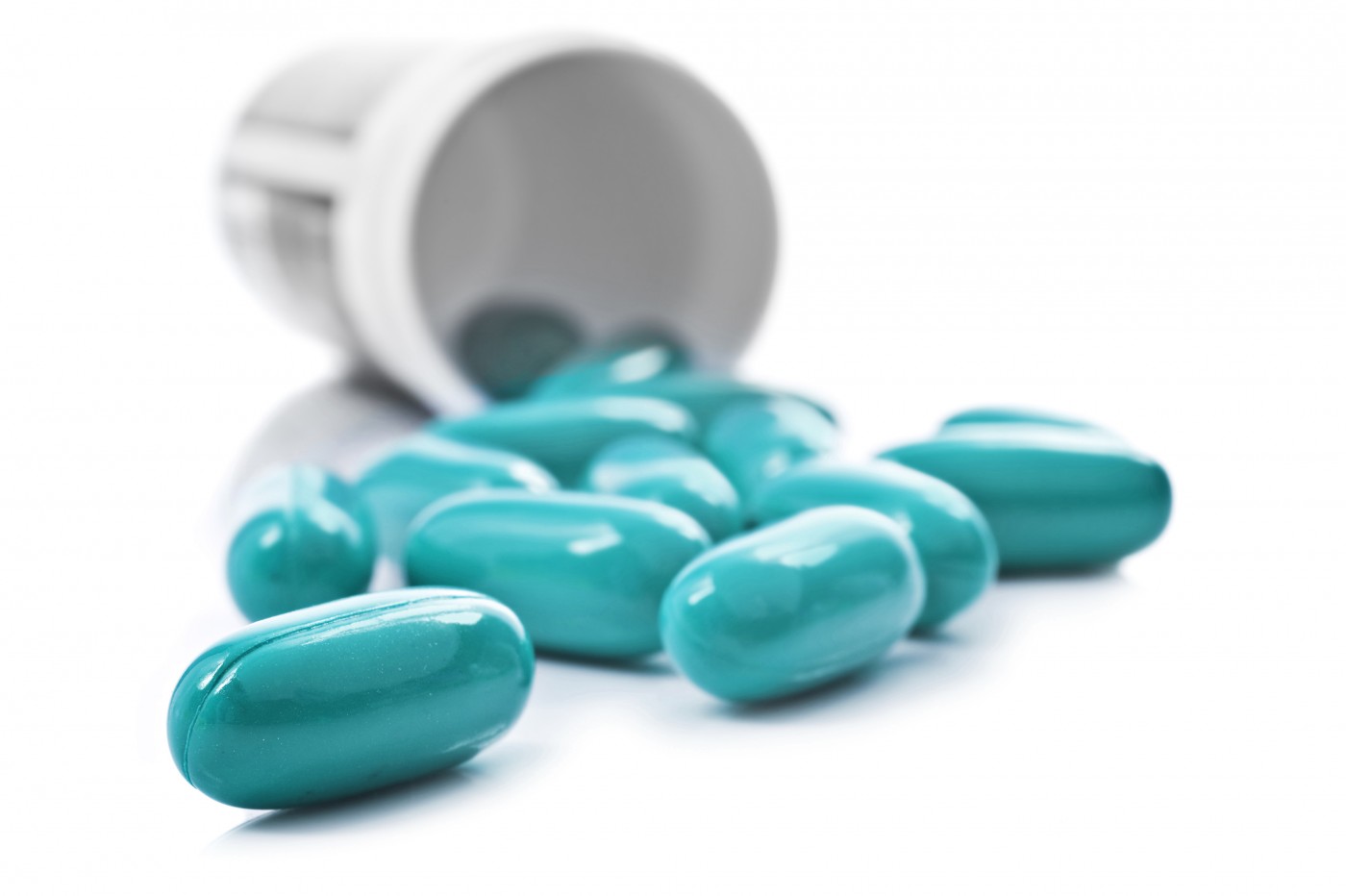Researchers investigated the potential effects of antiepileptic drugs on the growth velocity and bone metabolism of children on long-term treatments with these drugs and found that growth velocity was significantly decreased after one-year treatment with valproate (VPA) and/or oxcarbazepine (OXC).
The research paper, “Potential effects of valproate and oxcarbazepine on growth velocity and bone metabolism in epileptic children – a medical center experience,” was published in BMC Pediatrics.
Antiepileptic drugs (AEDs) had previously been associated with reduction of bone mineral density and abnormal bone metabolism in children and adolescents. Moreover, there was great concern regarding problems caused by these medications on the growth rate of younger patients. The adverse effects of AED therapy on growth stature and growth velocity are still poorly understood, and available studies have produced inconsistent results.
In the current studies, the researchers evaluated the growth velocity and bone turnover markers in growing Taiwanese children with epilepsy who were being treated with VPA and/or OXC. A total of 73 patients, ages 1 to 18, were included in the study. Among them, 23 were taking VPA, 29 were taking OXC, and 21 were taking both drugs.
Growth velocity varies at different stages of life, so the patients were further divided into three subgroups, pre-puberty (boys age 1-8, girls age 1-7); puberty (boys age 9-14, girls age 8-13); and post-puberty (boys age 15-18, girls age 14-18).
Growth velocity data was assessed before and one year after treatment with the AEDs. Two bone turnover markers, the serum bone resorption marker TRAcP 5b and the bone formation marker BAP activities, were also measured after blood sample collection.
According to results, growth velocity post-AED treatment had a decreasing trend in all three subgroups and markers’ levels may indicate increased bone turnover. Researchers highlight that this is, to their knowledge, the first study to report a relationship between decreased growth velocity and the short-term use of VPA and/or OXC therapy in a representative Taiwan population-based sample.
Despite some study limitations, the researchers concluded, “Our findings suggest that one-year survey of VPA and/or OXC therapy among growing epileptic children might be associated with decreased growth velocity. This alteration seems to be mediated through the effect of AEDs on dysregulation of bone metabolism. To monitor growth velocity and bone metabolism, a larger-scale, a long-term prospective study considering weight gain effect of AEDs, genetic, hormonal, and nutritional factors is needed to elucidate the true effects of AEDs itself on physical growth.”


